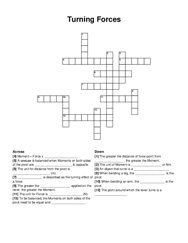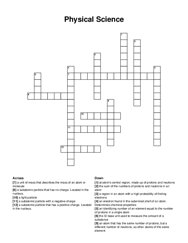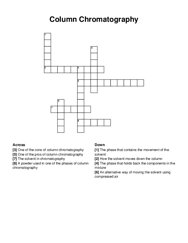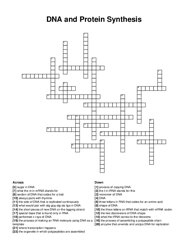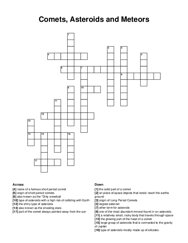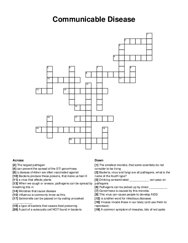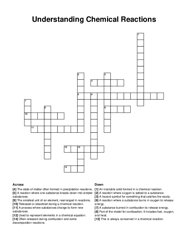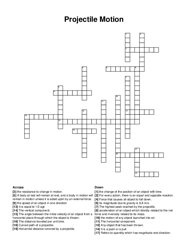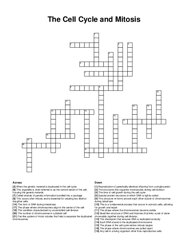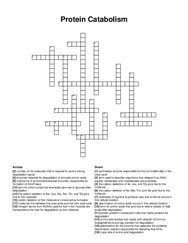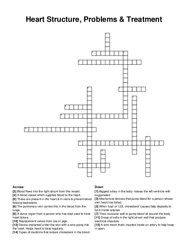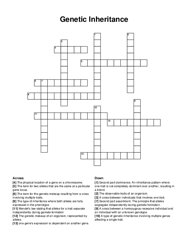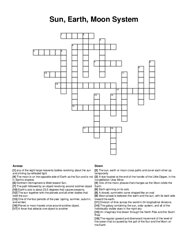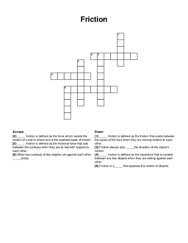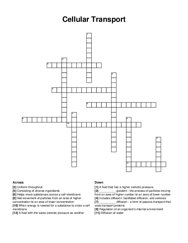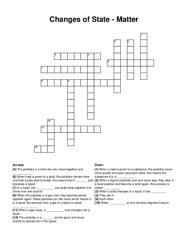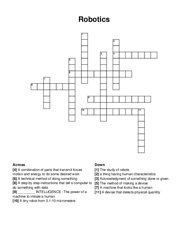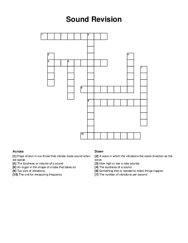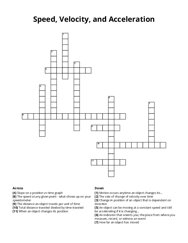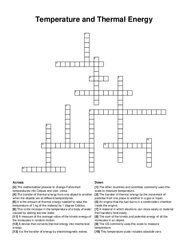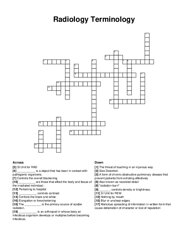Categories
- Agriculture / Farm
- Animals
- Arts / Crafts
- Beauty / Fashion
- Books / Literature
- Business / Finance
- Cities / Places
- Computers / IT
- Ecology / Climate
- Electronics
- Energy / Utilities
- Food / Drinks
- General
- Geography
- Geology
- Health / Fitness
- History
- Home / Garden
- Jobs / Education
- Kids / School
- Law / Government
- Music / Movies / TV
- News / Media
- Occasions
- Christmas
- Easter
- Halloween
- New Year
- Saint Patrick's Day
- Thanksgiving
- Valentine's Day
- Outdoors
- Religion / Belief
- Safety / Prevention
- Science
- Astronomy
- Biology
- Chemistry
- Physics
- Seasonal
- Society / Culture
- Sports
- Tools / Equipment
- Travel / Tourism
- Vehicles
Science Crossword Puzzles
Free printable science crossword puzzles. Download pre-made or create your own Crossword using our crossword maker. Simply download, print and start playing or play online.
strong stimulant of uterine contraction which is released in high amounts during childbirth and in nursing women, the body's major metabolic …
an object that turns is a _ , the point around which the lever turns is a _ , when bending an arm, the _ is the pivot, when bending a leg, the _ is …
a unit of mass that describes the mass of an atom or molecule, at atom's central region, made up of protons and neutrons, a subatomic particle …
the movement of molecules from an area of higher concentration to an area of lower concentration, growing of fruit, vegetables and flowers, any change …
an alternative way of moving the solvent using compressed air, the phase that holds back the components in the mixture, one of the pros of column …
the side of dna that is replicated continuously, always pairs with thymine, what the m in mrna stands for, the process of making an rna molecule using …
also known as the "dirty snowball, an piece of space objects that lands/ reach the earths ground, the shiny type of asteroids, one of the most …
microbes that cause disease, a part of a eukaryotic cell not found in bacteria, gonorrhoea is caused by this microbe, a virus that effects plants, a …
a process where substances change to form new substances, a reaction where a substance burns in oxygen to release energy, a reaction where oxygen is …
it is a push or a pull, the speed of an object in one direction, it is equal to 1/2 agt, the angle between the initial velocity of an object from a …
this is a fundamental process that occurs in somatic cells, allowing for growth and repair, this organelle is often referred to as the control center …
term used to describe organisms that release n as nh4+ - aquatic vertebrates and invertebrates are examples, term for amino acids that eventually give …
a wire mesh that's inserted inside an artery to help keep in open, a blood vessel which supplies blood to the heart, device implanted under the …
the observable traits of an organism, a cross between individuals that involves one trait, the type of inheritance where both alleles are fully …
a star located at the end of the handle of the little dipper, in the constellation ursa minor, northern hemisphere is tilted toward sun, one of the …
study about matter and energy, the study of living organisms, study about prehistoric life on earth, study about earth, study of living organisms, the …
friction is a _ that opposes the motion of objects, when two surfaces of two objects rub against each other, _ exists, friction always acts _ the …
moves the great toe and helps maintain balance while walking and standing, the muscle producing the contour of the front and inner side of the upper …
_ diffusion - a form of passive transport that uses transport proteins, regulation of an organism's internal environment, a fluid with the same …
the particles in a _ are far apart and move quickly to spread out in the space, the particles in a solid are very close together and _ , when the …
drawing in of a breath, abnormally fast respiratory rate, paired major organs of respiration that contains bronchi and are divided into clearly …
a devise that detects physical quantity, a step by step instructions that tell a computer to do something with data, the study of robots, a tiny robot …
energy that causes a transfer of heat between materials, the pathway through which electricity flows, a material through which heat or electricity …
tye size of vibrations,, the number of vibrations per second, the unit for measuring frequency, the loudness or volume of a sound, how high or low a …
the rate of change of velocity over time, change in position of an object that is dependent on direction, the speed at any given point - what shows up …
a device that converts thermal energy into mechanical energy, a material in which electrons can move easily or material that transfers heat easily, …
medical technique involving the modification of genes to treat or prevent disease, stem cells that exist in the body after embryonic development, type …
the _ is the primary source of scatter radiation, "radiation burn", controls the black and white, _ is a object that has been in contact …
space traveller, a massive system of stars and planets, instrument to view distant celestial objects, the red planet, artificial object orbiting a …
a particle with a positive charge, an uncharged atomic particle, a particle that is found in all atoms, total numbers of neutrons and protons in a …

